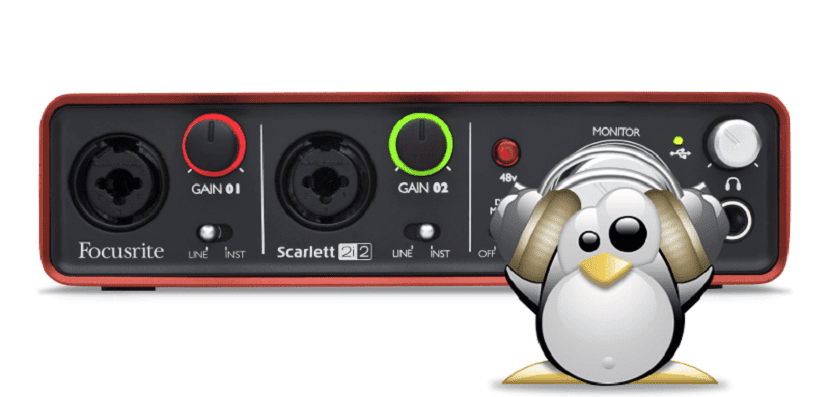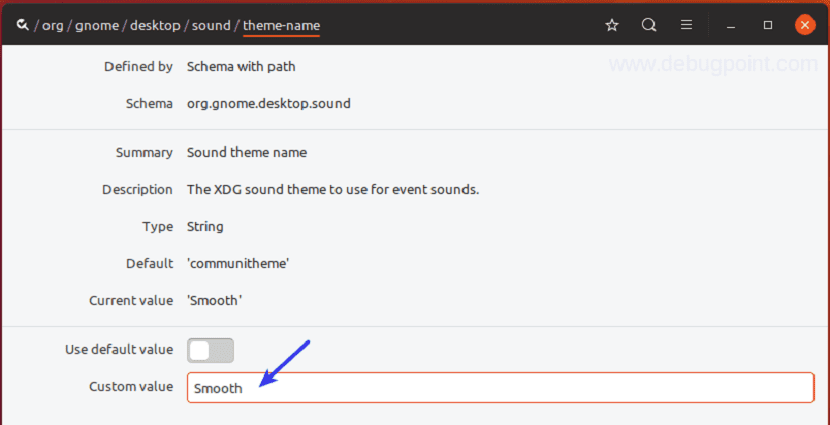
Of the configurations and customizations that we can give to our system, we find the power to change the background image, the login manager, the Grub and even install themes and icons to the desktop environment.
Such is the case of bringing more customization of the system than we can change the sounds of the system, of which after a certain time they tend to be boring or simply do not enlarge us.
Like all modern operating systems, Linux has a set of specifications for sound issues.
Sound themes are sets of sounds sCoordinated similarities on themes that sound good together.
They signal events like switching to a different workspace, opening a new app, plugging and unplugging hardware, and alerting you when the battery is low or fully charged.
The sounds that play are determined by the themes you have installed and the ones you are currently using. If your desktop tries to play a sound that your theme doesn't have, it will play a sound from another sound theme if it can find one.
I must clarify that this guide is for beginners and I share with you how you can install sound themes in Ubuntu and systems derived from it.
Where can I get a sound theme for Ubuntu and derivatives?
Although it is not very common to find a sound theme for Ubuntu we can go to the gnome-look site where we can find a wide variety of sound themesor in which we can find one that is to our liking.
Unfortunately the site does not include a player in which we can get a preview of the sounds, so you should download some and try which one you like and discard the ones you don't.
To do this, they must download the themes, just go to the site from the following link.
Position yourself in the sounds section and download a few.
How to install a sound theme in Ubuntu and derivatives?
Once the themes are downloaded They must extract the zip files, Done this now they must copy the resulting folders in the following path:
/usr/share/sounds
In case the folder does not allow them, they must run the file browser with superuser permissions.
They do this with the following command, in the case of those who use Gnome the administrator is nautilus:
sudo nautilus
They should be careful with this because when the administrator has the permissions, if they delete any folder from the root, they may have problems.
From the terminal you can copy the sound tracks with this command:
sudo mv /ruta/de/carpeta/sonido /usr/share/sounds
How to activate a sound theme in Ubuntu and derivatives?

To configure the sound themes in Ubuntu or any system derived from this we will need dconf-editor, which this tool is usually included in many of the distributions derived from Ubuntu.
If this tool is not installed on your system, you can install it using the following command through the terminal:
sudo apt-get install dconf-editor
Once the tool is installed, you must run dconf-editor on your system from the terminal..
You must be careful when using dconf-editor, incorrect use can damage your system.
Once the tool is open We must navigate between it, in which we must place ourselves in the following route: org / gnome / desktop / sound y click on theme-name.
IEnter a custom value as the folder name of your sound theme you copied to the / usr / share / sounds directory.
Once this is done, they must close the editor and immediately afterwards it is enough to close the current user session that they have from the system.
Although the recommended action is to restart your system so that the changes are saved and loaded at startup.
You should be all set. Now you can enjoy the sounds of the event according to your theme. If you didn't like them, you just have to reopen Dconf and try to find the theme that you like.
when i'm upgrading ubuntu 17.04 to 17.10 i get the following message: FAILED DOWNLOADING INFORMATION FROM THE REPOSITORY CHECK YOUR INTERNET CONNECTION
Hello good day.
You cannot make that leap, since Ubuntu 17.10 stopped having support a few months ago that is why such an error appears. The jump that you could make is to version 18.04 LTS.
123